When you start looking into vocal technique you will discover terms such as “chest voice”, “head voice” “mixed voice”, and then you get all mixed up. Not for nothing, too.
The subject of vocal registrations or qualities is a huge one and I won’t get into that here. But I will tell you what I call mixed voice is and give you some exercises.
Chest voice versus head voice
We have chest voice - what I describe as a bright, loud, clear vocal quality associated with belting.
And we have head voice, which I describe as a soft and dark quality used a lot in pop, rock and early classical music.
Those are different functions of the voice. One can use both qualities and mix them to different degrees.
In fact, I mentioned this in a different article: every sound you make is a mix of head voice and chest voice. Whaaat?
The mixed sound of musical and classical singers
Yup, that’s the human voice, always mixing. However in our chest voice and head voice tutorials we learn how to create a mix which is either chest or head dominant. To the extent it sounds like it’s only chest, or only head. Technically it’s always somewhere on the mix spectrum.
When do we purposefully want a mixed sound? A mixed voice, in which you can clearly identify chest and head we hear in:
- musicals
- classical singing and especially in opera.
In classical singing in general and opera in particular we are also looking for a consistent mix throughout the range, which is what makes this genre so challenging.
A sneak peak to how it will work: In pop and rock music we have this phenomenon called “flipping”. That’s when one sings in distinct chest voice function, then switches to a distinct head voice function. If you do this a bit more extremely - you get yodel. We learn how to flip here, and then we will also use our flipping skills to mix the two functions together.
So how do we do it? Let’s actually do it together in below video:
Mixed voice exercise 1. 'Mrs. Bennet'
1:07 in the above video. Mrs. Bennet from the 1995 Pride and Prejudice series is one of my favorites. Her voice is one of the best things about her, and it so happens to be a very nice head+chest mix! So if you just have a listen for a few times and try to talk like her - your on the right track.
If you're not used to the exercise I gave in the video, you might experience cracks in your voice. That's perfectly ok. Your vocal cords will get used to it and it will smooth out. So don't stop if that happens: only stop if you have discomfort in your throat.
What I like the most about this character is her sob, and that's actually a voice exercise in itself. A sob or cry is a very good mixed voice.
speaking about vocal exercises...
What you get on this page is a tool. Having a hammer is one thing, becoming a carpenter another. For systematic and lasting improvement you need a system and guidance. So...
Mixed voice exercise 2. Yodeling
5:59 in the above video. In yodeling, you flip between a very chest dominated sound to an almost exclusively head voice. Start with an ugly, speaky voice. Then, make a 'heady', spooky voice. That can be on a higher pitch. Then flip between them. Have fun with it. We'll do it on an exercise: a whole octave jump.
Experiment with adding head to chesty sound
When you get the hang of the yodeling, you will feel the difference in your throat between head and chest. Knowing how this feels, the next step is to 'add' a bit of that head voice resonance to the chesty sound you made before. The high note will sound very different than before. Don't be afraid to experiment with this, to sound weird.
Where in my practice session do I do mixed voice exercises?
I always tell my students to follow a 4 part practice structure, to keep them motivated and on a clear path:
- Bodywork
- Warm up
- Vocal technique
- Sing-through
You can read more on the article: how to practice singing.
This tutorial is the technique part, as in part 3, after the warm up. You can do only that or addit to your work on a song. Don’t forget to end with some singing through for fun!
Let me know how your mixing goes,
Take your desire to sing seriously: get tools to become a better singer in your inbox
Eye-openers, tips and stories. Also content that I don't publish on my website.
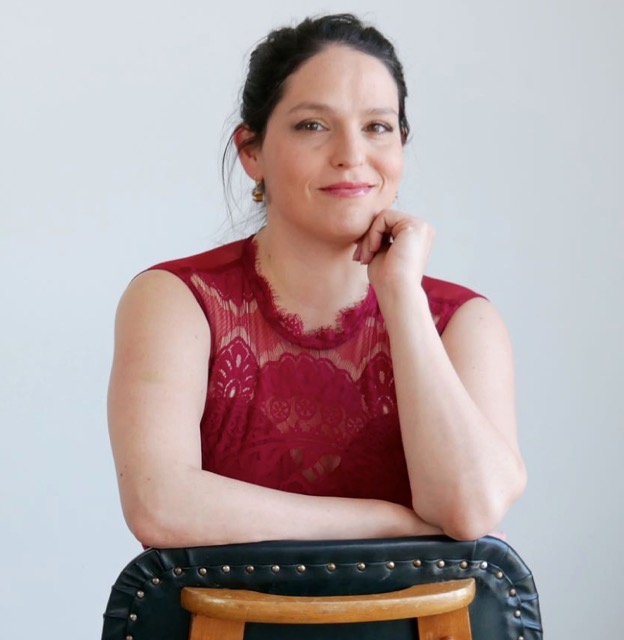
About the author
Linor Oren
I'm an opera singer and (online) voice teacher, based in Amsterdam. It took me more than a decade to overcome my share of mental and physical issues and reach a professional level as a singer. Because of this background, and my 10+ years of teaching experience, I believe I can speed up your learning curve as a singer.

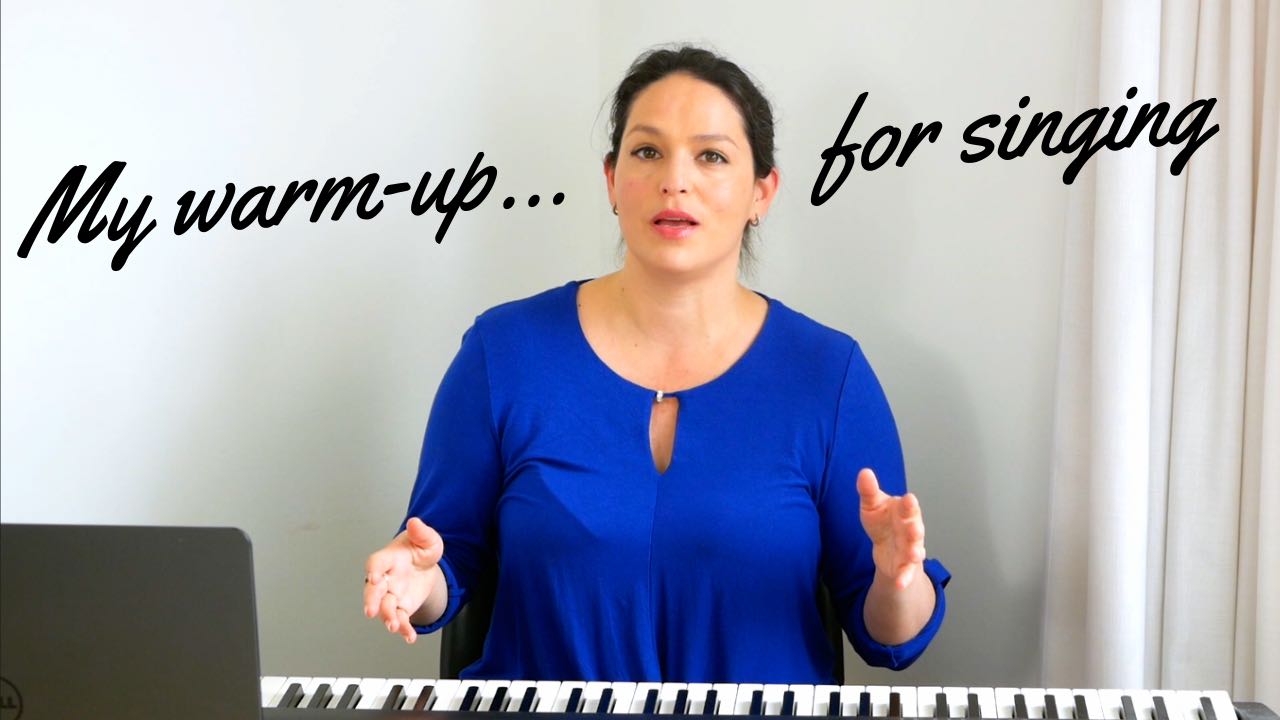
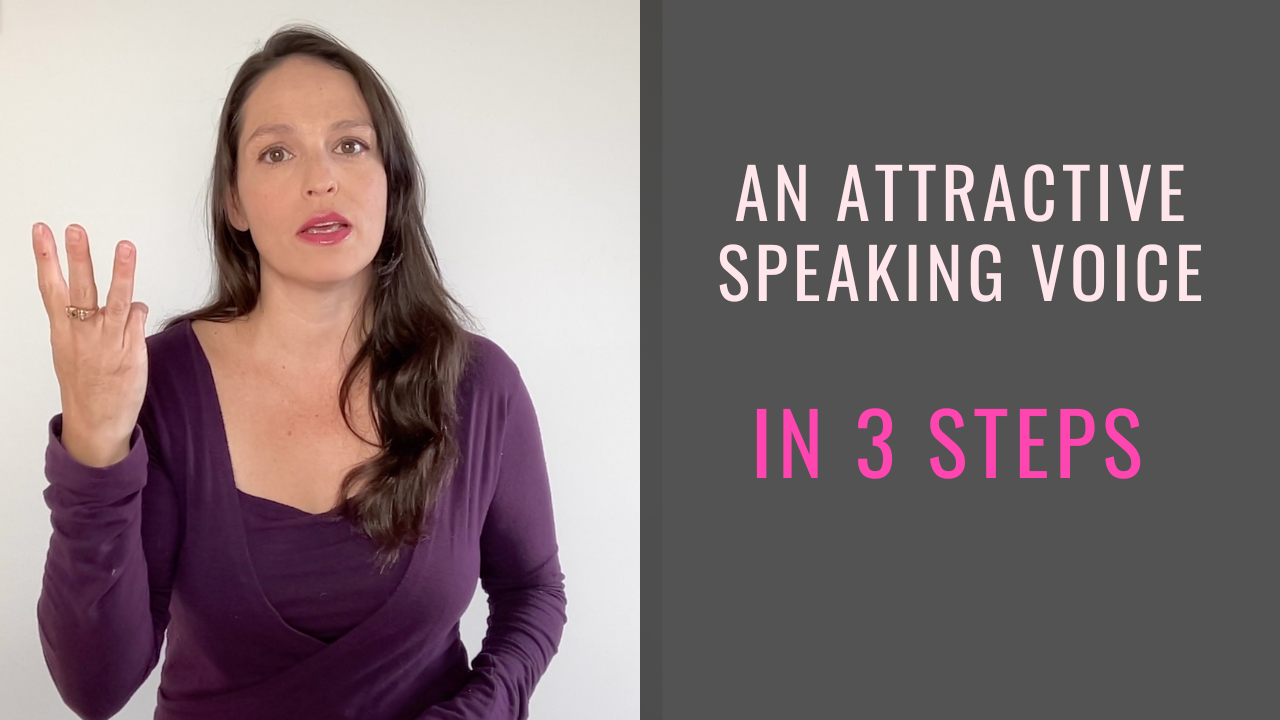
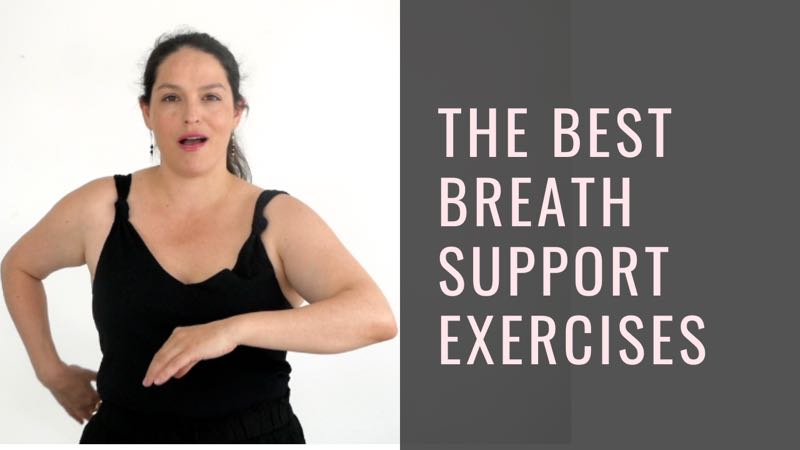
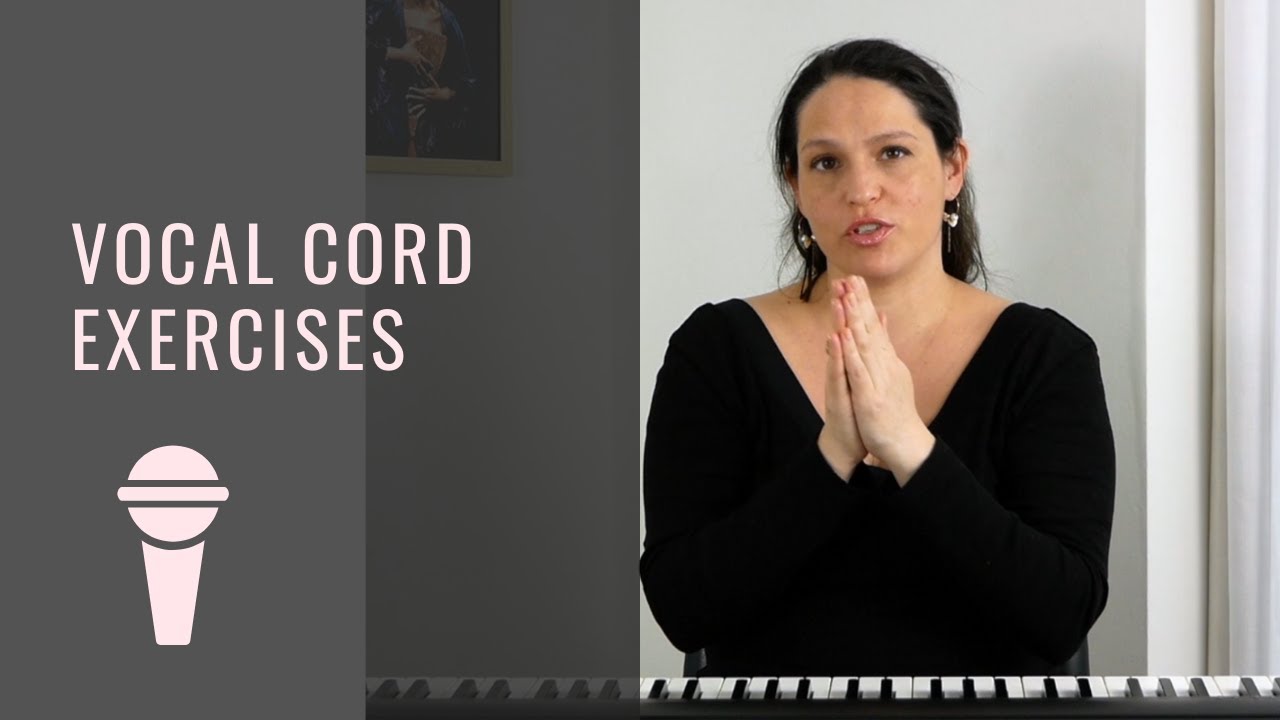
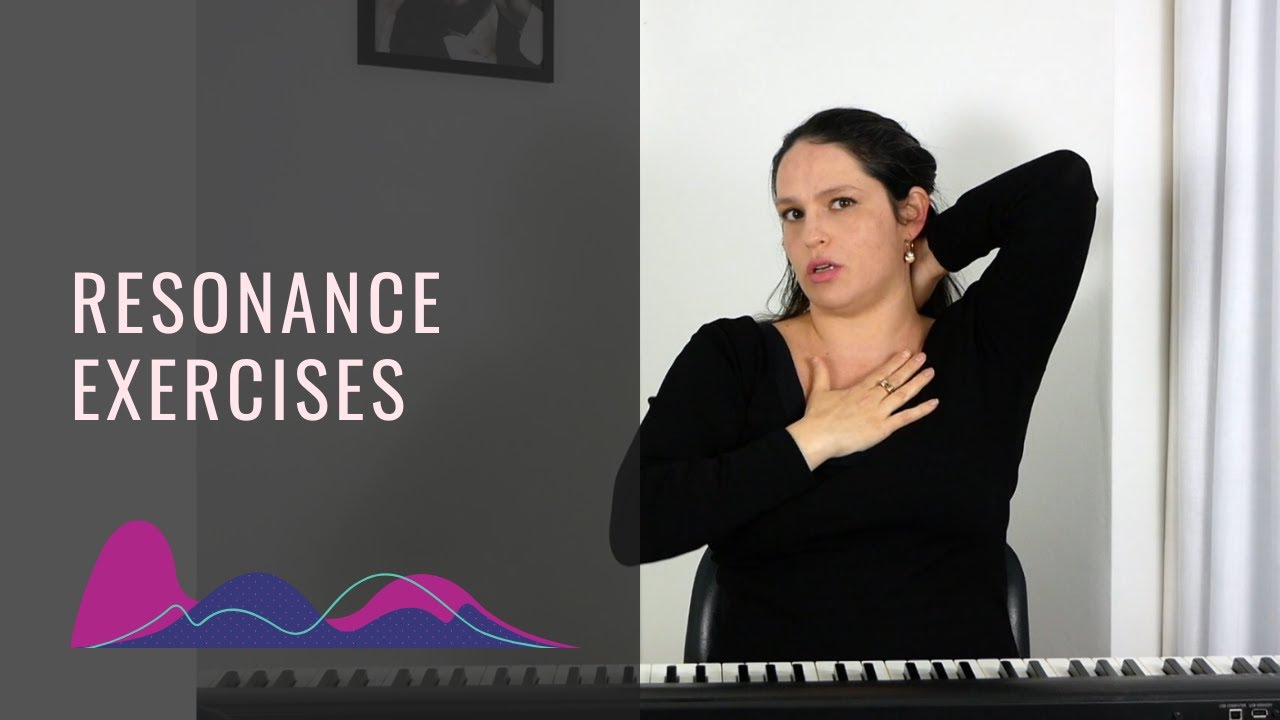
Such good stuff! (Btw my whole family loved the BBC’s Pride and Prejudice. I hadn’t thought of Mrs. Bennet in that light. I’m sure Alison Steadman would be happy to know that she stars in one of your tutorials too!)
My challenge with this is knowing how much of head and chest voices are in the mix. I know that the mixed voice sounds different than either pure sound, but I’m not sure how to smoothly adjust the ratio of chest to head voice. Is it possible to sing a note, and switch smoothly from chest to fully mixed to head voice? Would that be a good thing to try to do?
hi Champness, apologies for the wait!
Starting from the last question: I think it would be very hard to switch the different qualities and mixxed in the middle of one note, unless you want to have a vocal break there on purpose, but it would be very difficult also to stay on the same pitch. Maybe not impossible…DO you know singers who have done that mid note? If so, I can have a look and analyze how they do that.
Now, to get the kind of mix you desire it’s best to first get control over the head and chest voice separately. You can for sure turn up some head voice in the mix, or chest, if you know what makes them in your body. The best thing is to do those tutorials first (head voice and chest voice, both are articles here on the website, let me know if you need direct links)
Let me know if you have any follow up questions!
Thank you for clearing out my confusion on somethings… how can I reach you linor?
Thanks Victor! You can email me at linororen@gmail.com
Or through the little green chatbox at the bottom corner 🙂
I loved this blog, Thank you so much!
That makes me happy. Keep enjoying it, and you can always contact me with questions 🙂